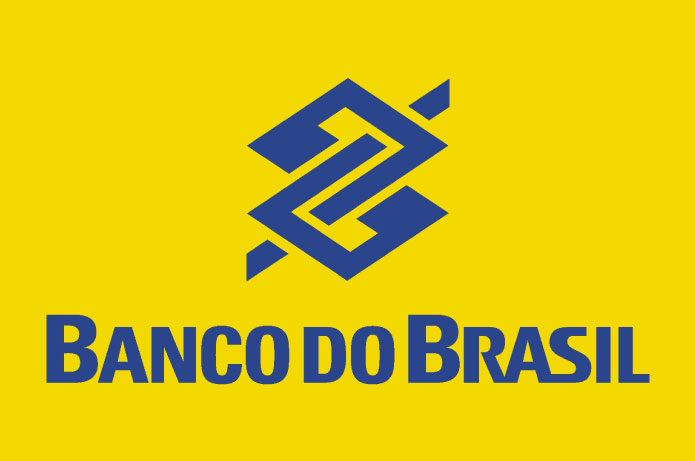定义:
Retargeting, also known as remarketing, is a digital marketing technique that aims to reconnect with users who have previously interacted with a brand, website, or application but did not complete a desired action, such as a purchase. This strategy involves displaying personalized ads to these users on other platforms and websites they subsequently visit.
核心理念:
The objective of retargeting is to keep the brand top-of-mind for consumers, encouraging them to return and complete a desired action, thereby increasing conversion chances.
运作机制:
1. Tracking:
– A code (pixel) is installed on the website to track visitors.
2. Identification:
– Users who perform specific actions are tagged.
3. Segmentation:
– Audience lists are created based on user actions.
4. Ad Display:
– Personalized ads are shown to segmented users on other websites.
Types of Retargeting:
1. Pixel-Based Retargeting:
– Uses cookies to track users across different websites.
2. List-Based Retargeting:
– Uses email lists or customer IDs for segmentation.
3. Dynamic Retargeting:
– Displays ads featuring specific products or services viewed by the user.
4. Social Media Retargeting:
– Shows ads on platforms such as Facebook and Instagram.
5. Video Retargeting:
– Targets ads to users who watched the brand's videos.
Common Platforms:
1. Google Ads:
– Google Display Network for ads on partner websites.
2. Facebook Ads:
– Retargeting on Facebook and Instagram platforms.
3. AdRoll:
– Cross-channel retargeting specialized platform.
4. Criteo:
– Focused on e-commerce retargeting.
5. LinkedIn Ads:
– Retargeting for B2B audiences.
优势:
1. Increased Conversions:
– Higher probability of converting already interested users.
2. Personalization:
– 基于用户行为的更相关广告。.
3. 成本效益:
– 通常比其他广告类型具有更高的投资回报率。.
4. 品牌强化:
– 保持品牌在目标受众中的可见度。.
5. 弃购挽回:
– 有效提醒用户完成未结算的购物。.
Implementation Strategies:
1. 精准定向:
– 基于特定行为创建受众列表。.
2. 受控频次:
– 通过限制广告展示频次避免饱和。.
3. 相关内容:
– 基于既往互动创建个性化广告。.
4. 专属优惠:
– 提供特殊激励以促进回访转化。.
5. A/B测试:
– 尝试不同创意与讯息以实现优化。.
Challenges and Considerations:
1. 用户隐私:
– 符合GDPR、CCPA等监管规定。.
2. 广告疲劳:
– 过度曝光导致用户厌烦的风险。.
3. 广告拦截器:
– 部分用户可能屏蔽重定向广告。.
4. 技术复杂性:
– 需要专业知识以实现有效部署与优化。.
5. 归因分析:
– 难以精准衡量重定向对转化的实际影响。.
最佳实践:
1. 设定清晰目标:
– 为重定向活动制定具体目标。.
2. 智能细分:
– 基于用户意向及销售漏斗阶段创建细分群体。.
3. 广告创意:
– 开发具有吸引力且相关的广告内容。.
4. 时间限制:
– 设定首次互动后的最大重定向周期。.
5. 多策略整合:
– 将重定向与其他数字营销策略结合使用。.
Future Trends:
1. 基于AI的重定向:
– 运用人工智能实现自动优化。.
2. 跨设备重定向:
– 通过整合方式覆盖多设备用户。.
3. 增强现实重定向:
– 在AR体验中植入个性化广告。.
4. CRM系统集成:
– 基于客户关系管理数据实现精准重定向。.
5. 高级个性化:
– 基于多维数据点实现深度定制。.
重定向是现代数字营销体系中的强大工具。该技术使品牌能够与已展现兴趣的用户重建联系,为提升转化率和强化潜在客户关系提供了有效途径。然而,关键在于通过周密策略审慎实施。.
为最大化重定向效果,企业需平衡广告频次与相关性,始终恪守用户隐私保护原则。需注意过度曝光会导致广告疲劳,可能对品牌形象造成负面影响。.
随着技术发展,重定向将持续演进,融合人工智能、机器学习及更精密的数据分析技术。这将实现更高程度的个性化与精准定向,提升营销活动效率。.
但在用户隐私关注度提升与监管趋严的背景下,企业需调整重定向策略以确保合规性,维护消费者信任。.
最终,当以道德和战略方式运用时,重定向始终是数字营销从业者的宝贵工具,助力打造更高效、更个性化的营销活动,从而精准触达目标受众并推动切实业务增长。.











